

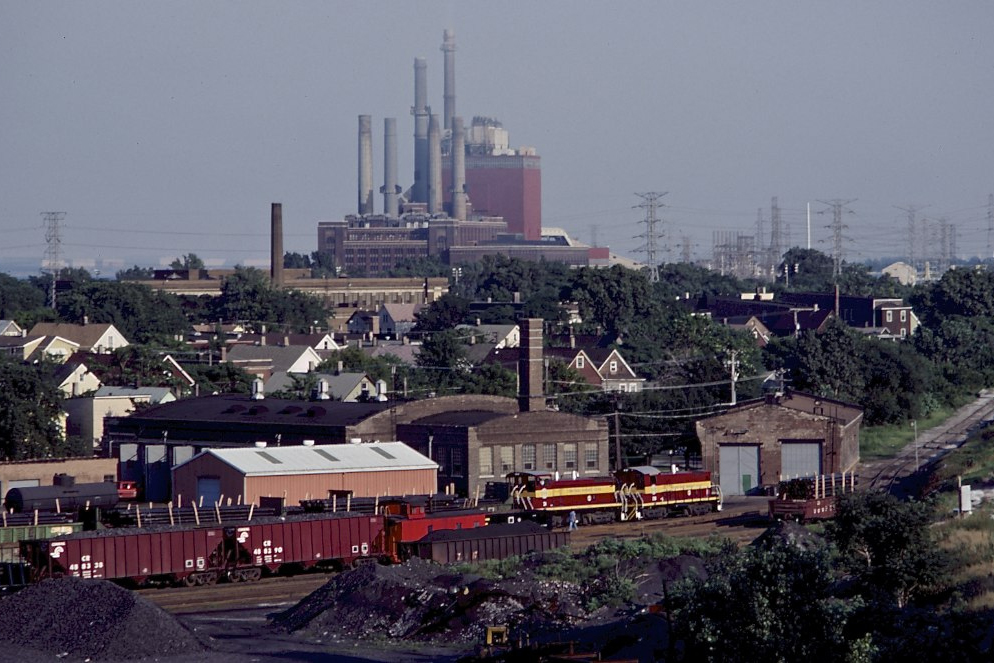
The neighboorhood of South Deering, which was served by the plant for its entire operation, was ultimately the source of its downfall due to the harmful effects of the pollution on the local residents.
Photo by Bill Johnson, 1980

Graham, Anderson, Probst and White wanted every part of the plant to be just as spectacular as the next. This is eviden in the grand entrance and guardshack which welcomed workers and visitors for nearly a century.
Photo by Rick, 2011
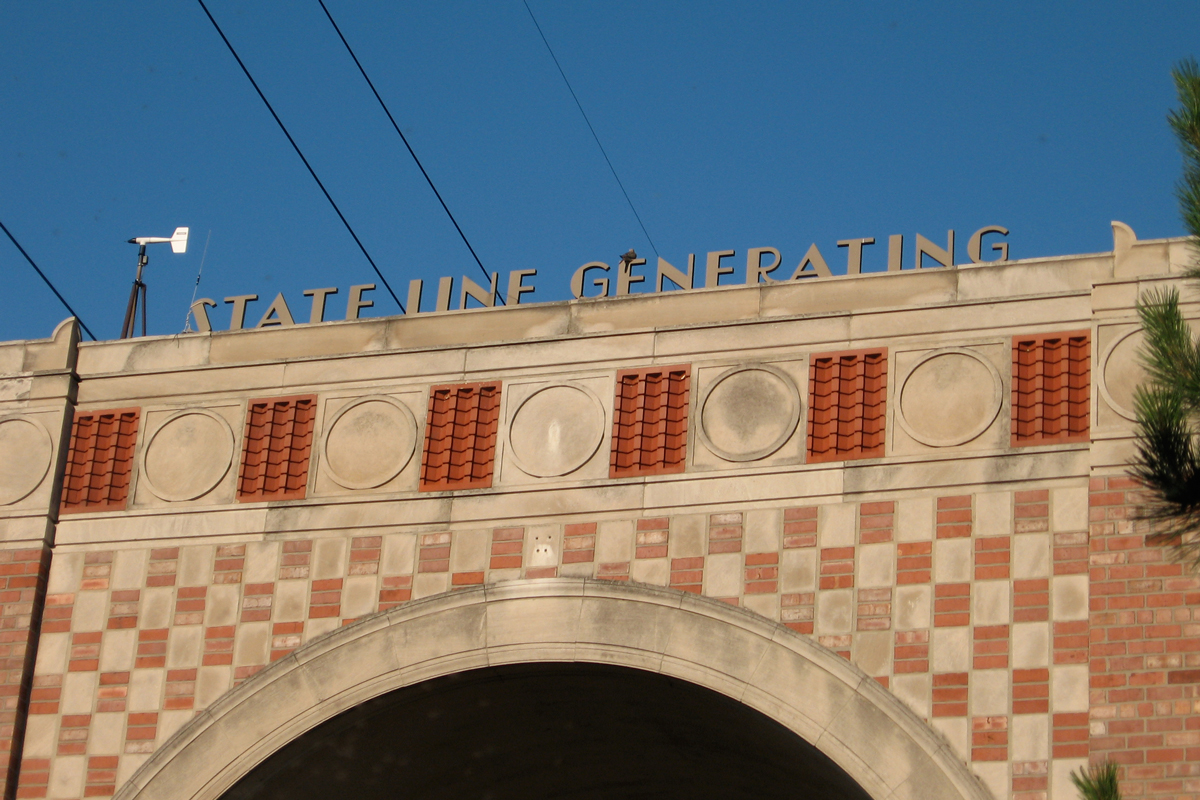
The name of the station could only be found in a few select places around the plant. These letters dissapeared sometime before the plant's demolition.
Photo by Nick, 2008
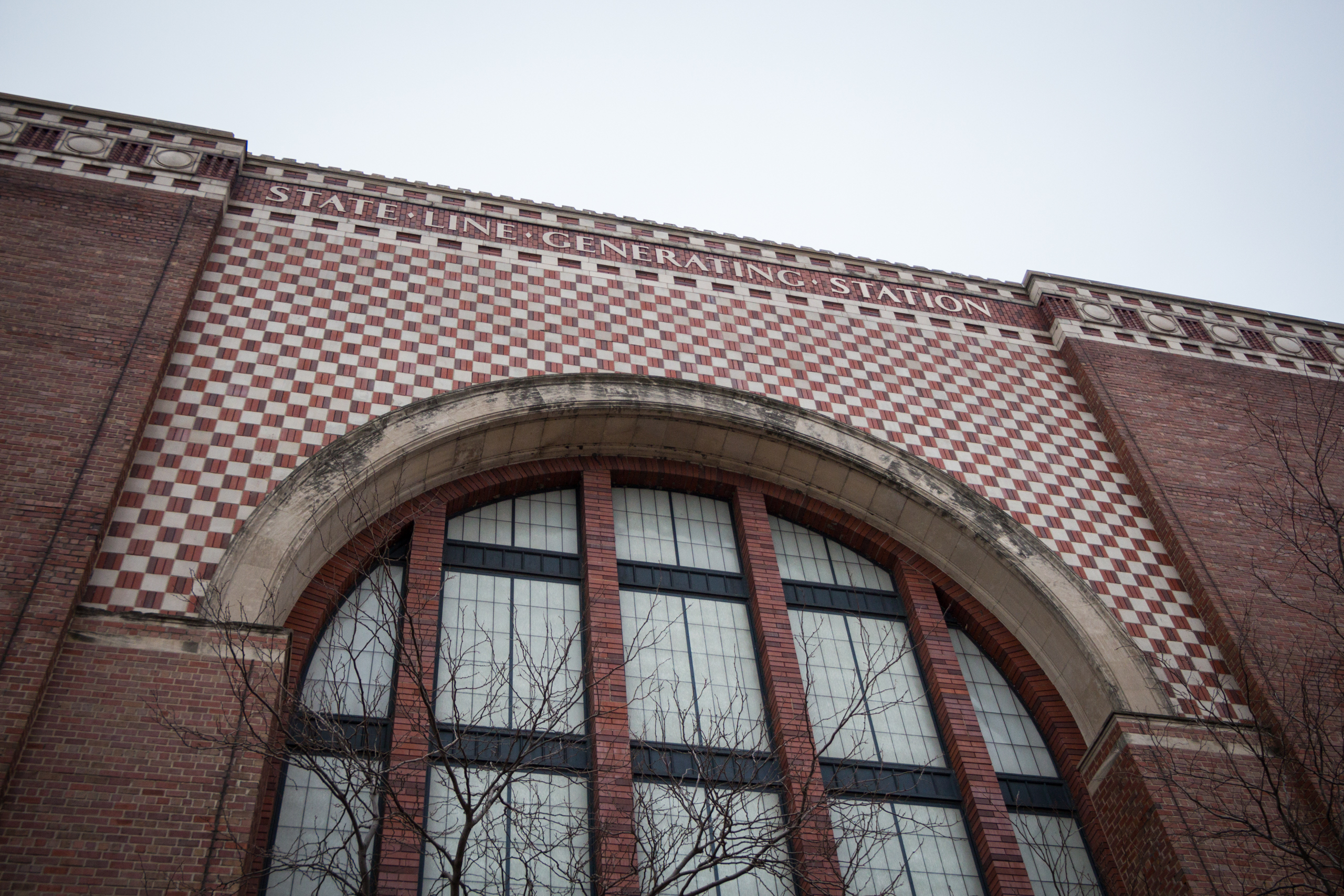
The entrance to the turbine hall contained a massive opaque-glass window and intricate brickwork, with stone-carved lettering spelling out the name of the plant.
Photo from personal collection, 2014

Forged iron trusswork from the steel mills just down the road supported a large glass entry arch which lit the turbine hall with an abundance of natural light, complemented by tinted glass skylights along the length of the hall.
Photo from personal collection, 2014
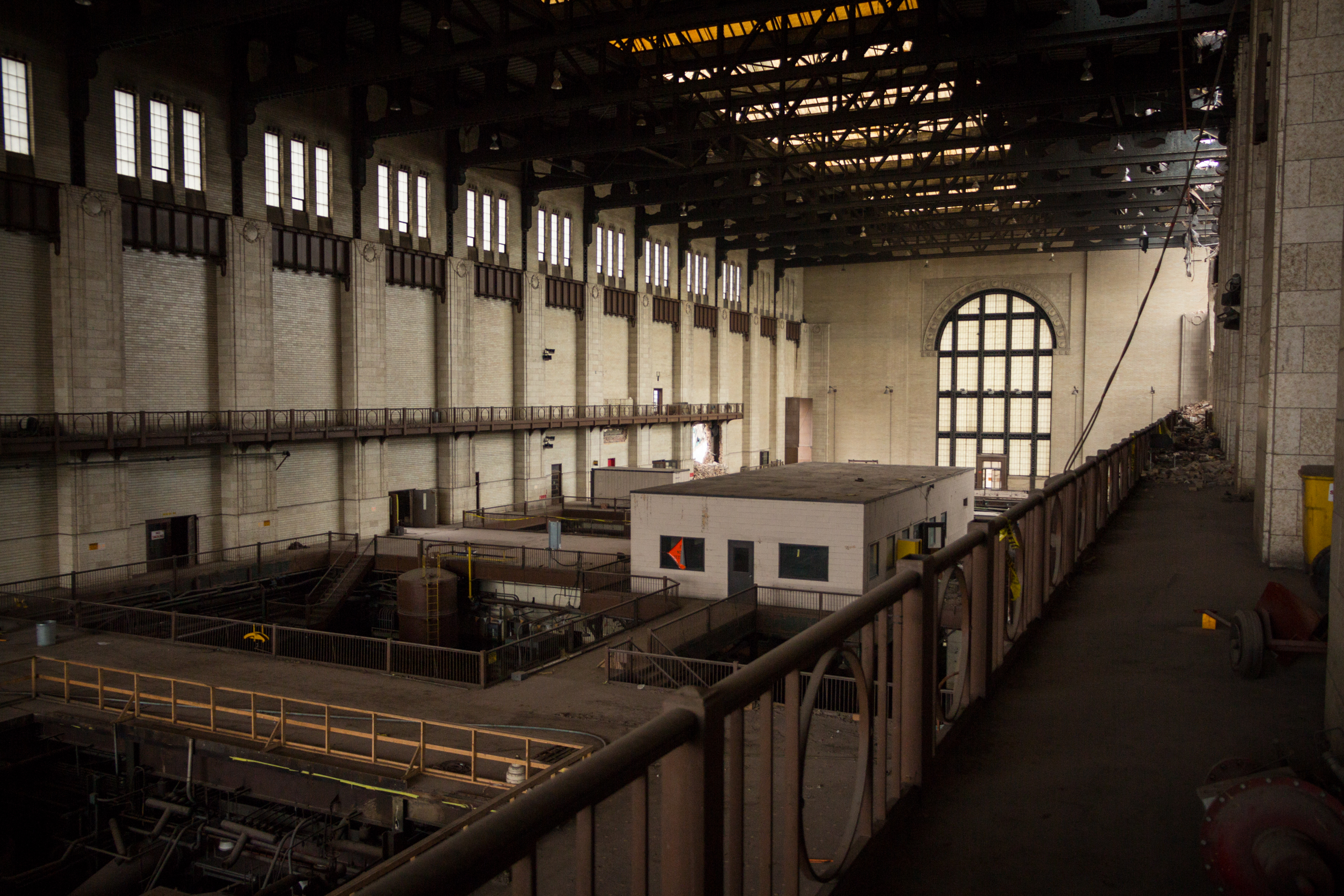
Now empty and stripped of equipment, the turbine room housed massive General Electric steam turbines that cranked out the power for a large part of Chicago. An overhead crane rolled along intricate ironwork and allowed for heavy lifting with ease.
Photo from personal collection, 2014
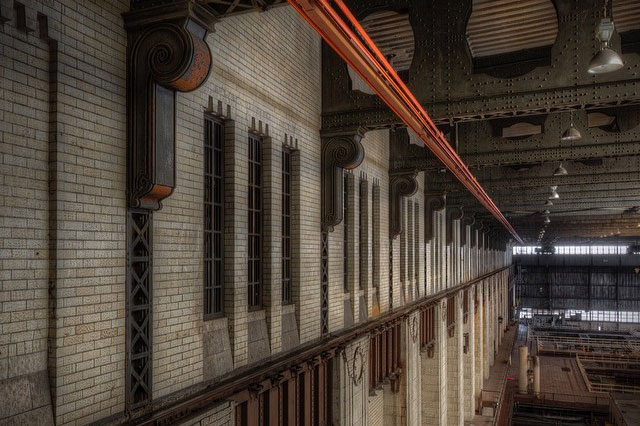
No corner of State Line was spared from intricate detailing. The steel beams which supported the gantry crane were accented with ornate metal.
Photo by @MonkOne, 2012
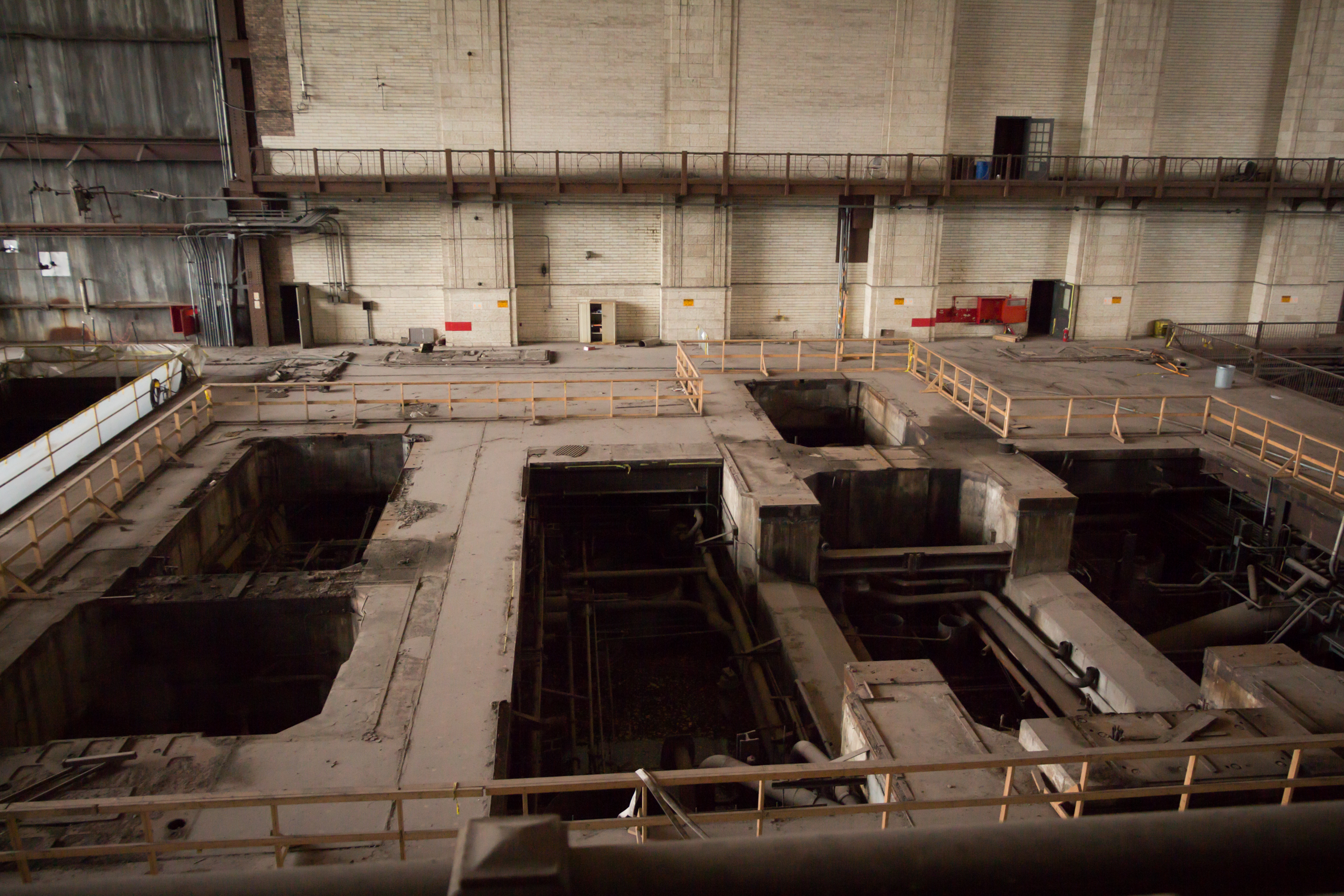
Massive holes are all that is left of the once mighty turbines. When Dominion energy closed up shop, they took with them most of the plant's running gear including the massive high-pressure steam turbine generators.
Photo from personal collection, 2014
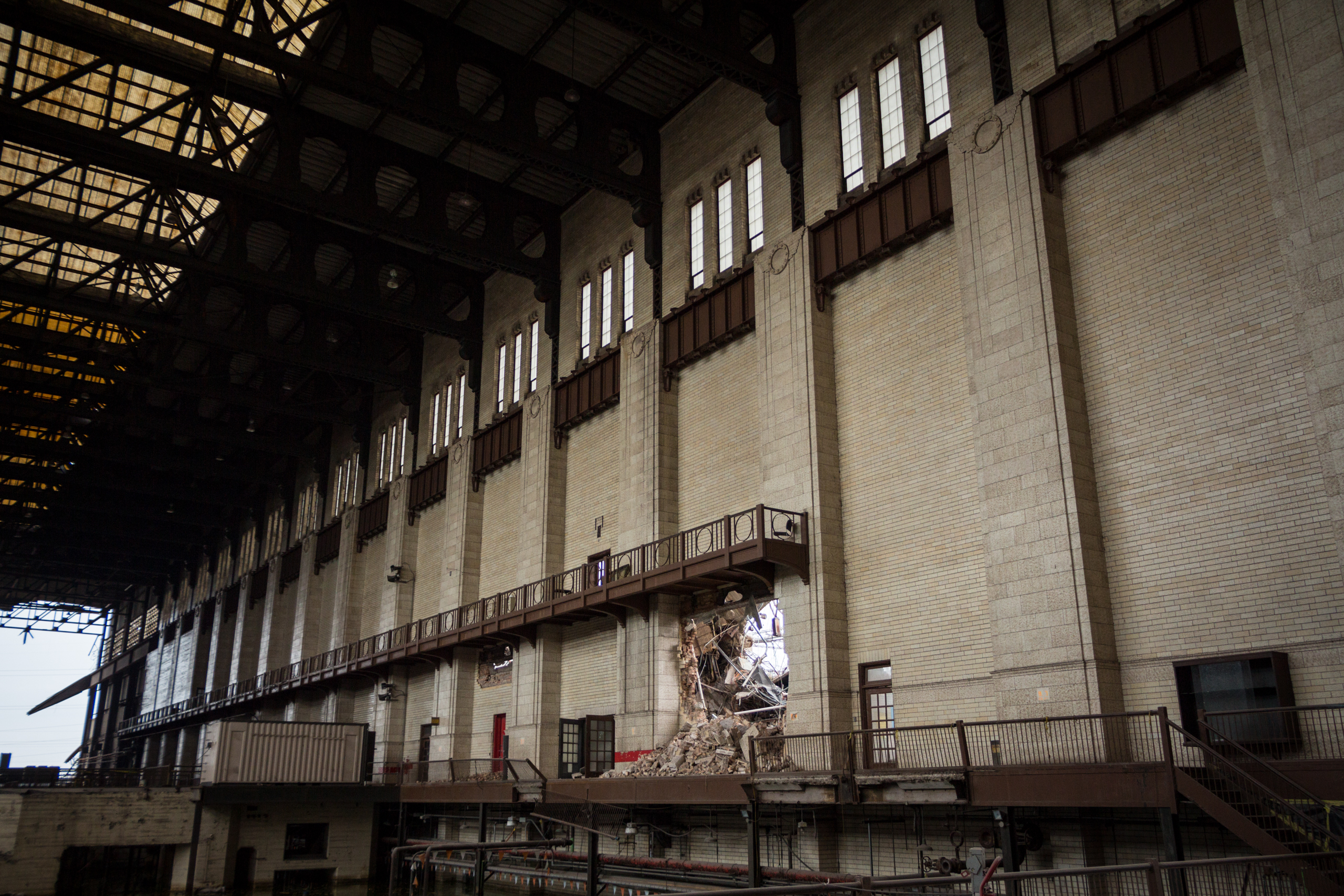
During our visit in 2014, the original 1920's boiler house had already been demolished and the 1970's Unit 3 and 4 structure was on its way out as well. The only truly preserved structure was the original turbine hall and offices on the South side of the plant.
Photo from personal collection, 2014
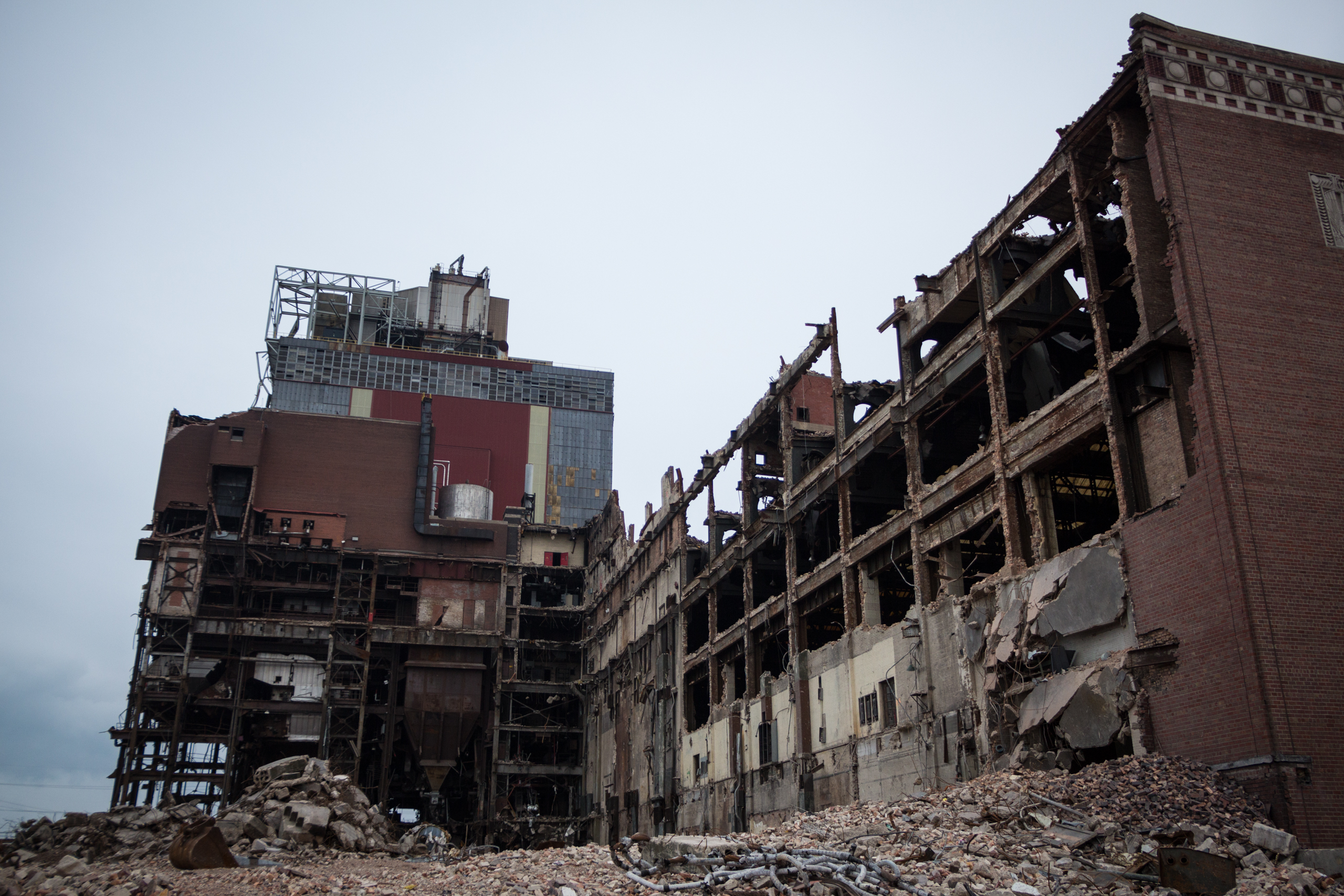
During our visit in 2014, the original 1920's boiler house had already been demolished and the 1970's Unit 3 and 4 structure was on its way out as well. The only truly preserved structure was the original turbine hall and offices on the South side of the plant.
Photo from personal collection, 2014
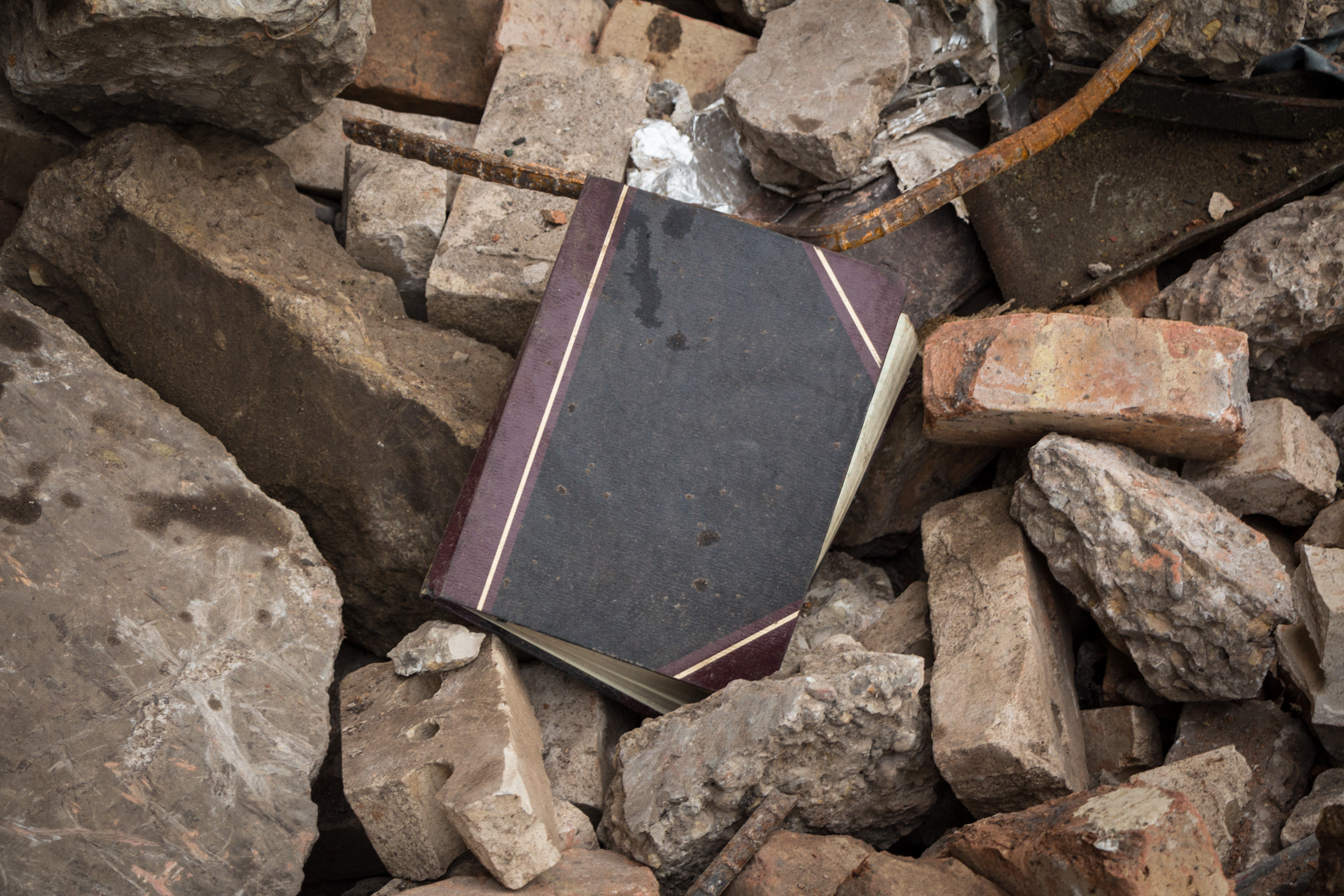
A senior electrician's logbook was found on site in the rubble of the original boilerhouse. This book has been preserved and is now in our personal collection. Plans to scan and upload the several hundred pages of station logs are in the works.
Photo from personal collection, 2014
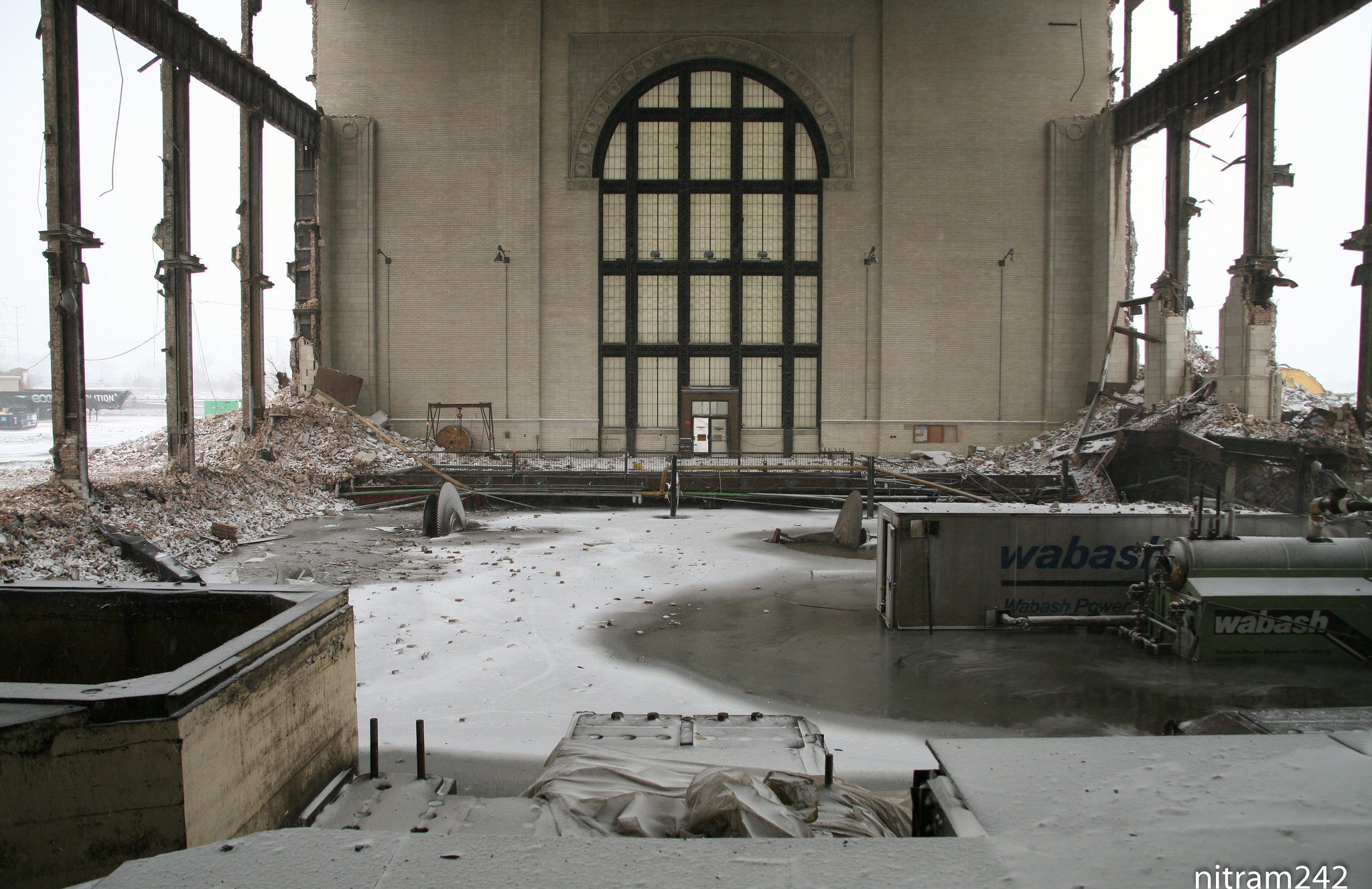
In every sense of the word. The boiler fires have long gone out, and the turbine hall is seen here in its final days before being compeltely torn down. The remaining units 3 and 4 would come down in the next month.
Photo by Nitram242, 2015
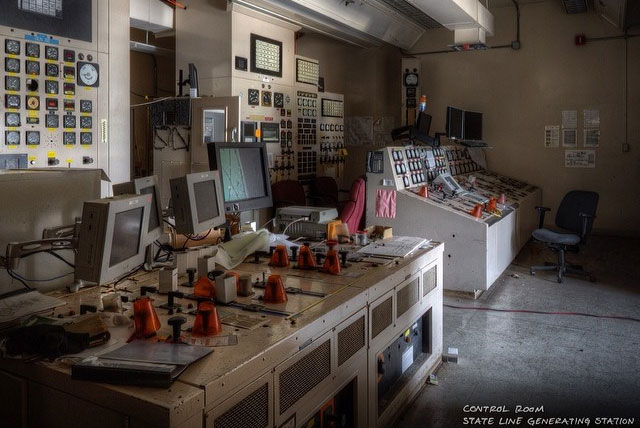
All operations of the 612MW plant were controlled from the state-of-the-art control room, built in 1929 and upgraded several times over the plant's lifespan.
Photo by @MonkOne, 2012

The plant was built on a manmade pinensula on the shores of Lake Michigan to allow for easy access to the water needed for steam. Prone to flooding, the lower level of State Line was equipped with massive sump pumps to keep the equipment dry with the lake just feet away.
Photo by David Schalliol, 2012
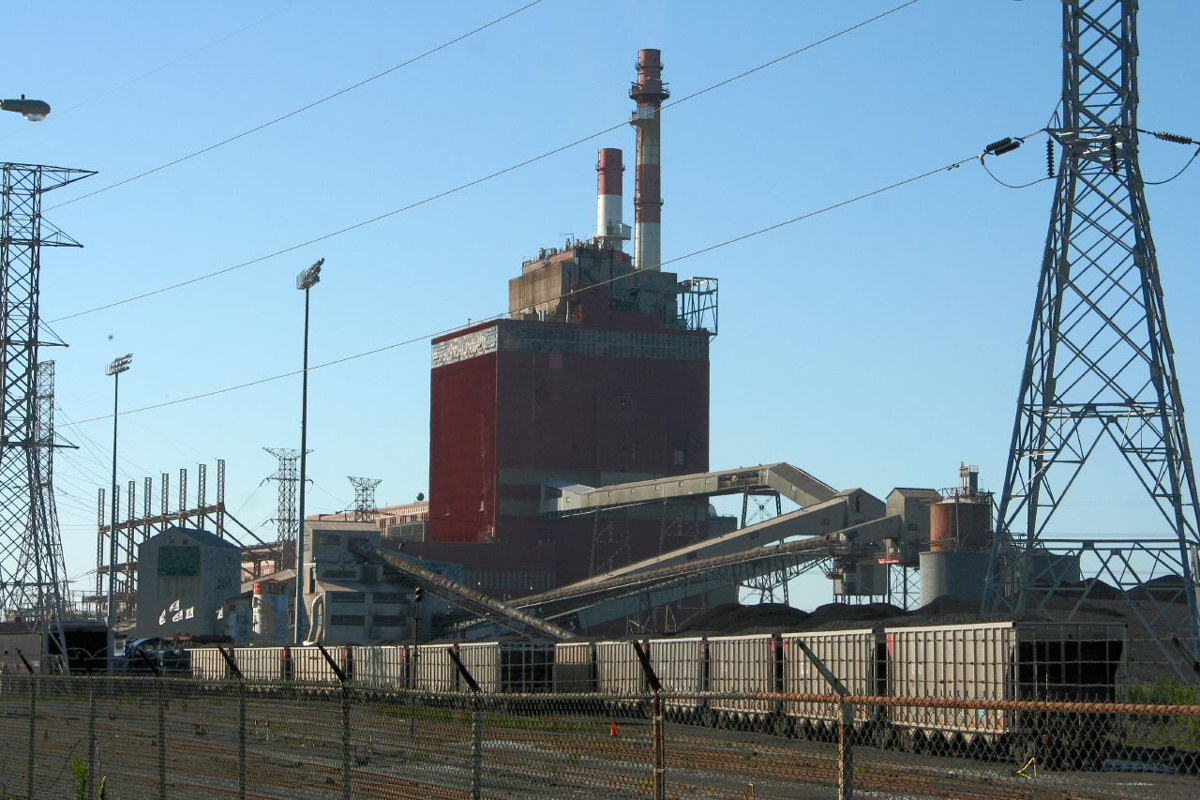
Coal was brought to the plant via the Elgin, Joilet and Eastern Railway in massive trains longer than a mile. The coal was drawn into the boilers through long conveyor belts and pulverizers.
Photo by Robert Powers, 2010